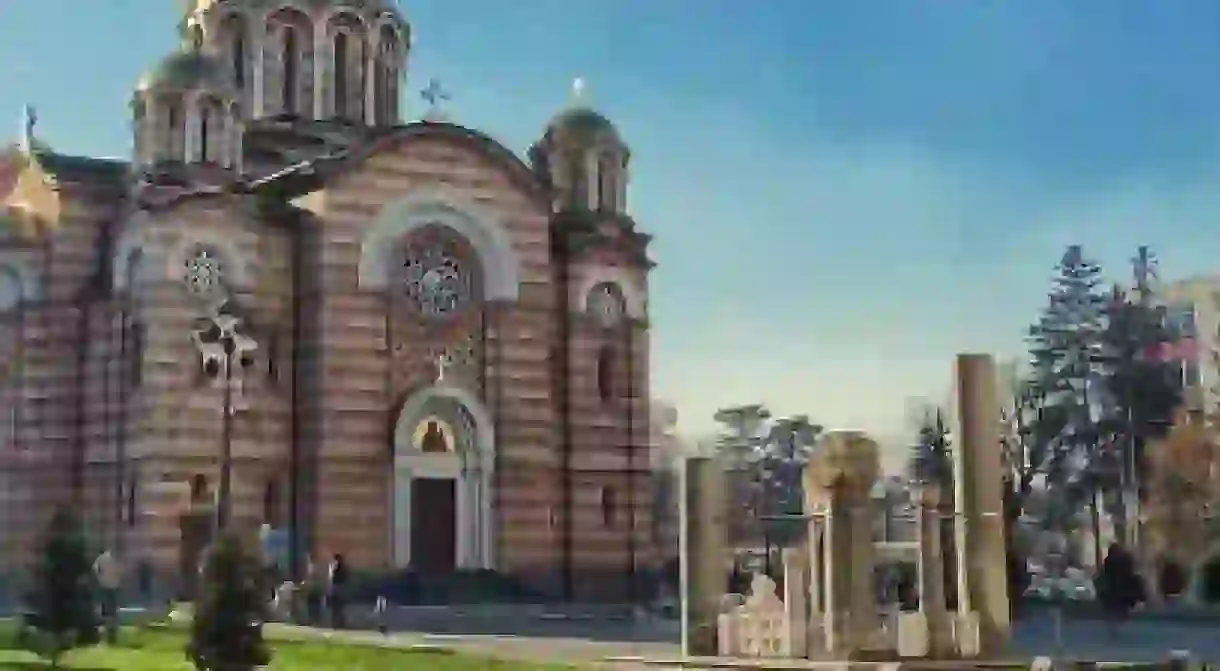Top Things To Do And See In Banja Luka, Bosnia & Herzegovina

Banja Luka is Bosnia’s second largest city, after the capital Sarajevo. It is the regional capital of the primarily Serb-governed area of the country, and has undergone much reconstruction since the civil war of the 1990s – now it’s one of Bosnia’s most modern and up-and-coming cities.
The River Vrbas
A key feature of Banja Luka’s natural surroundings is the Vrbas river, a vibrant green river that flows through the heart of the city. The city straddles the banks of the river, which provides a relaxing zone to explore with picturesque natural beauty. The name ‘vrbas’ comes from the local name for ‘willow’, thanks to the number of willow trees that line the river banks and provide shade for peaceful walks alongside it. There is also a number of quiet cafés along the river, perfect for a coffee break away from the hustle and bustle of the city centre. Away from the city, the river also offers opportunities to kayak, canoe, and hike along the river basin.

Cathedral of Christ the Saviour
Cathedral

Banski Dvor Cultural Centre
Muzej Republike Srpske
Opening hours: 8 a.m.-8 p.m. daily Banja Luka | Ⓒ Jovo Milanović/Flickr
Shopping in Banja Luka
Kastel Fortress
Building
Krupa Waterfalls
A feature of the Vrbas River are the falls at Krupa, just a short way outside of the city. Found within a peaceful and shady forest area is a selection of small falls, which also feature a quaint wooden mill and a bridge overlooking the river. The perfect spot to escape the city and to be immersed in nature.













